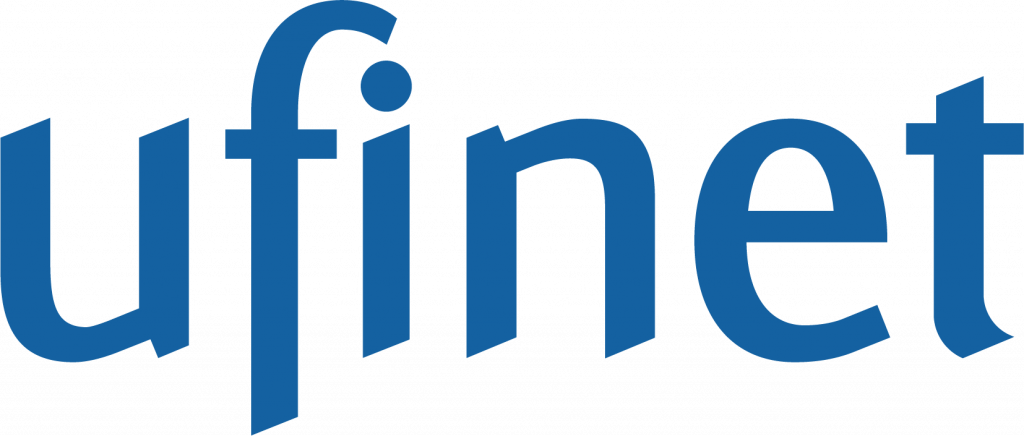Everyone has heard of fiber optics, even if they don’t know how the technology works. A telecommunications company uses a fiber optic network to connect phones, computers and devices of all kinds to the Internet and between locations around the world. These cables are laid underground as well as aerially through power poles, but there is much more to it than most people are aware of. Because every time a new fiber optic network is laid, dark fiber companies start the real work.
What do dark fiber companies do?
When fiber optic cables are laid, something happens beyond belief. The additional cables are also buried along with the current cables that have already been installed. These additional cables are known as dark fiber, which are inactive or unused fiber optic cables that can then be purchased by fiber optic companies and leased to telecommunications companies and end customers. This is how dark fiber companies are connecting the world, and in a way, running it.
Dark fiber companies make it possible for telecommunications companies to expand their existing networks, reach more users and transfer more data to offer better speeds and capacity. These dark fibers also allow smaller telecommunications companies to offer services to customers, giving them the opportunity to compete on a small scale even with the large national telecommunications players.
Building a fiber optic network
Single-mode fibers are the most common type used for communication links longer than 3,300 feet (or 1,000 meters). This is a very common type of cable used to create the additional fiber optic lines used by dark fiber companies. The material of the dark fiber optic cable is exactly the same as other types of fiber optic cables used for secure capacity connectivity. In fact, there is no real difference between these two types of cables when it comes to size and material. The only difference is that one is being used or turned on, and the other is not. Once dark fiber companies lease these additional fiber optic cables, they are the same as any other cable in a fiber optic cable network.
In other words, there is no difference in data connectivity and capacity when it comes to dark fiber. It is only “dark” because it is not in use. These dark fiber cables make it possible for more and more people to connect to the Internet and the rest of the world, ultimately saving time and labor. It is much easier to lay additional unused cables along with the cables that are to be used immediately or are already in use to avoid finding a new location to lay new fiber optic cables in a short period of time. The infrastructure is already in place, allowing dark fiber companies to connect more people much more quickly.
Connectivity is easier and faster thanks to dark fiber companies that can quickly lease existing fiber optic cables that were laid as an additional measure at some point in the past. In this way, dark fiber companies are really getting connected and even rule the whole world.




